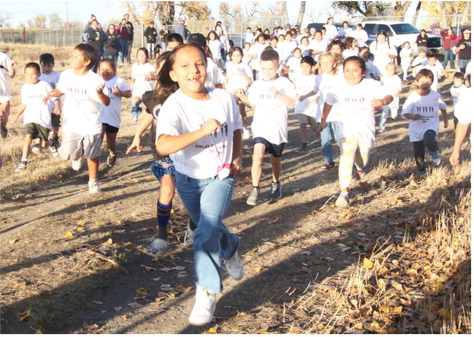State Health Officials Remind Montanans About Rabies Threat
State and local public health officials are reminding Montanans to be aware of rabies exposure risks as summer approaches. The potential for encounters between humans and wild animals increases during spring and summer months as Montanans spend increased time engaging in outdoor activities.
Rabies is a fatal, but preventable, disease. The rabies virus is carried in the saliva of infected warm-blooded mammals and is usually transmitted to people and other animals through a bite. Post-exposure prophylaxis, a series of injections administered after exposure, has a 100% success rate in preventing rabies infection.
The use of post-exposure prophylaxis has dropped the human rabies death rate dramatically since the turn of the century. Human rabies deaths in the United States are rare, according to the Centers for Disease Control and Prevention, and average approximately one to two deaths per year since the 1990’s. The last human death in Montana attributed to rabies occurred in 1997.
On April 24, DPHHS received the first report of a rabid animal this year when a cow in Powder River County tested positive for rabies. This cow was likely infected with rabies through interaction with a rabid skunk or bat. It is uncommon for livestock to test positive for rabies, though a Montana horse tested positive for rabies in 2021.
Human and animal exposures to bats and skunks are considered high risk for rabies transmission. In 2023, 25 animals submitted for testing to the Montana Department of Livestock tested positive for rabies, including 23 bats and two skunks. While not completely without risk, bites from domestic animals that are owned and vaccinated are lower risk exposures.
“Rabies is not spread through indirect contact from objects that potentially rabid animals have come into contact with, such as animal food bowls after a skunk has eaten dog food,” Lopeman said. “The most common rabies exposure scenarios include sleeping with bats in the room or approaching wild or domestic animals to attempt to pet or handle them.”
If someone is bitten by a


